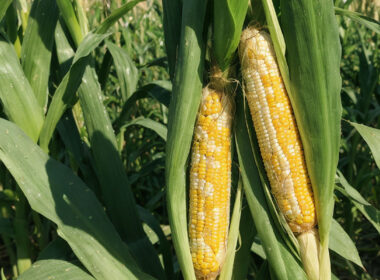Corn is a fascinating crop with a lot of interesting aspects, but one lesser-known fact is that it’s actually a type of grass. Scientifically classified as Zea mays, corn is a member of the Poaceae family, which includes all grasses. It originated in Mexico over 9,000 years ago and was domesticated from a wild grass called teosinte. This grass had very different characteristics from the corn we know today—its ears were small, with only a few kernels.
Over centuries, selective breeding by indigenous peoples in Mesoamerica transformed it into the much larger and more productive corn cobs that are familiar worldwide today.
Corn, also known as maize, has numerous varieties that are cultivated around the world. The exact number of corn varieties can be hard to pin down because it depends on how broadly or narrowly one defines a “variety,” which can include differences at the genetic, regional, or cultivar level.
Broadly, corn can be categorized into several types based on its kernel type and usage:
Dent Corn: Also known as field corn, this is the most commonly grown corn in the United States, primarily used for animal feed, industrial products, and processed food ingredients.
Sweet Corn: Eaten as a vegetable, this type is harvested when the kernels are tender and sweet.
Flint Corn: Known for a hard outer layer of the kernel, it’s often used in making hominy and can be found in Central and South America.
Popcorn: Characterized by its ability to pop when heated, due to its hard moisture-sealed hull and dense starchy interiors.
Flour Corn: Comprised of a soft, starchy kernel, it’s used to make corn flour.
Pod Corn: Not widely grown, but notable for the husk-like leaves that cover each kernel.
Waxy Corn: Contains a high percentage of amylopectin, affecting the texture and is used similarly to field corn.
Additionally, within each type, there are countless hybrids and cultivars developed to suit specific climates, soils, and uses. These hybrids may be bred for disease resistance, yield potential, or specific physical characteristics. The global diversity of maize is vast, with thousands of different types recognized by various agricultural bodies and research institutions.







